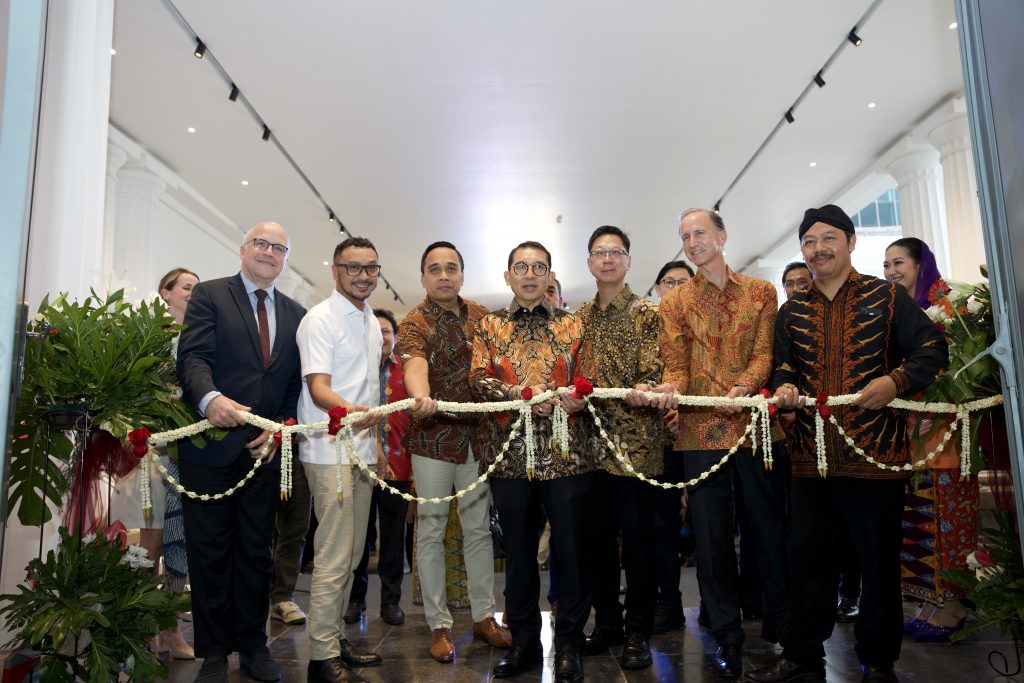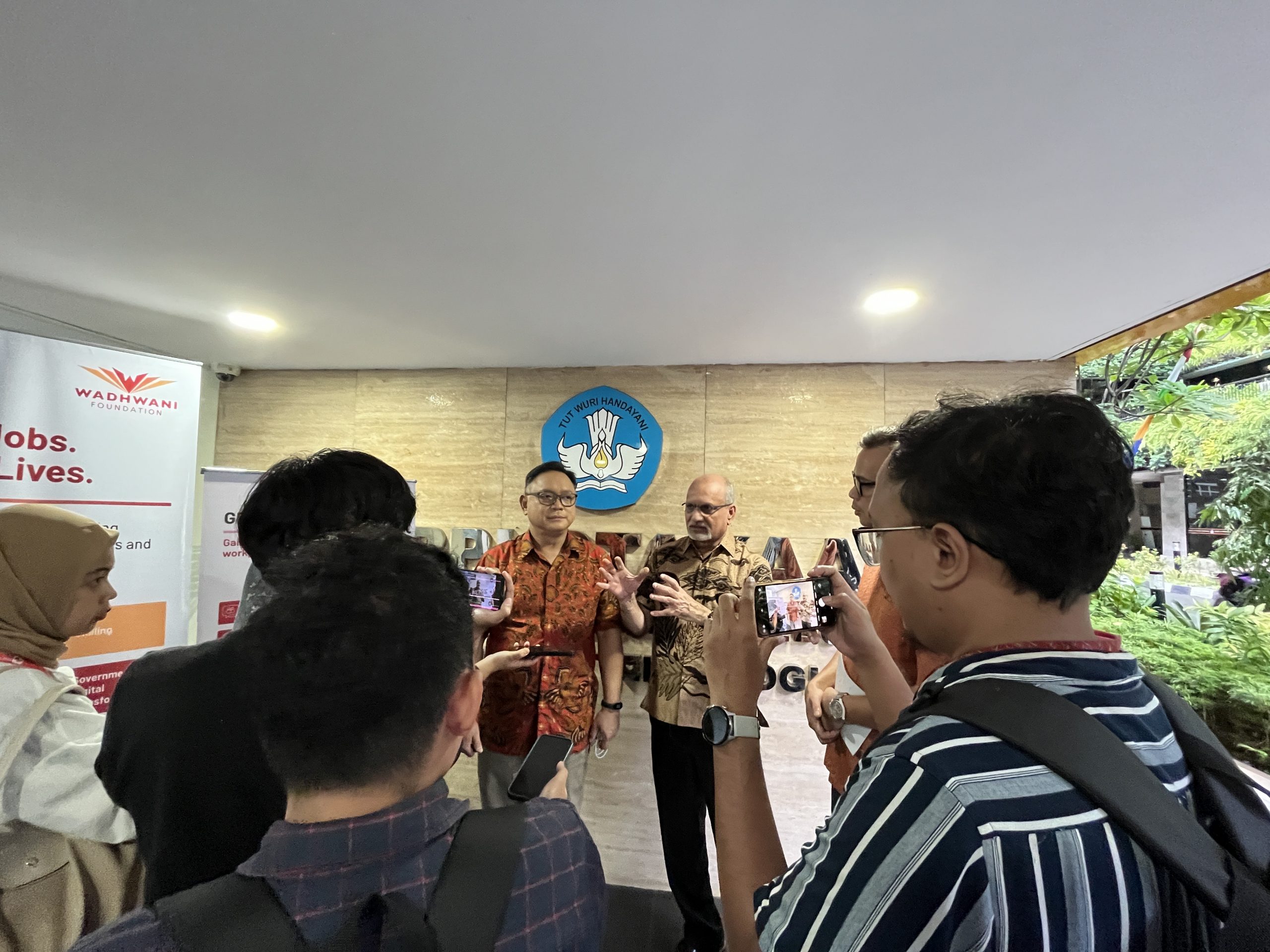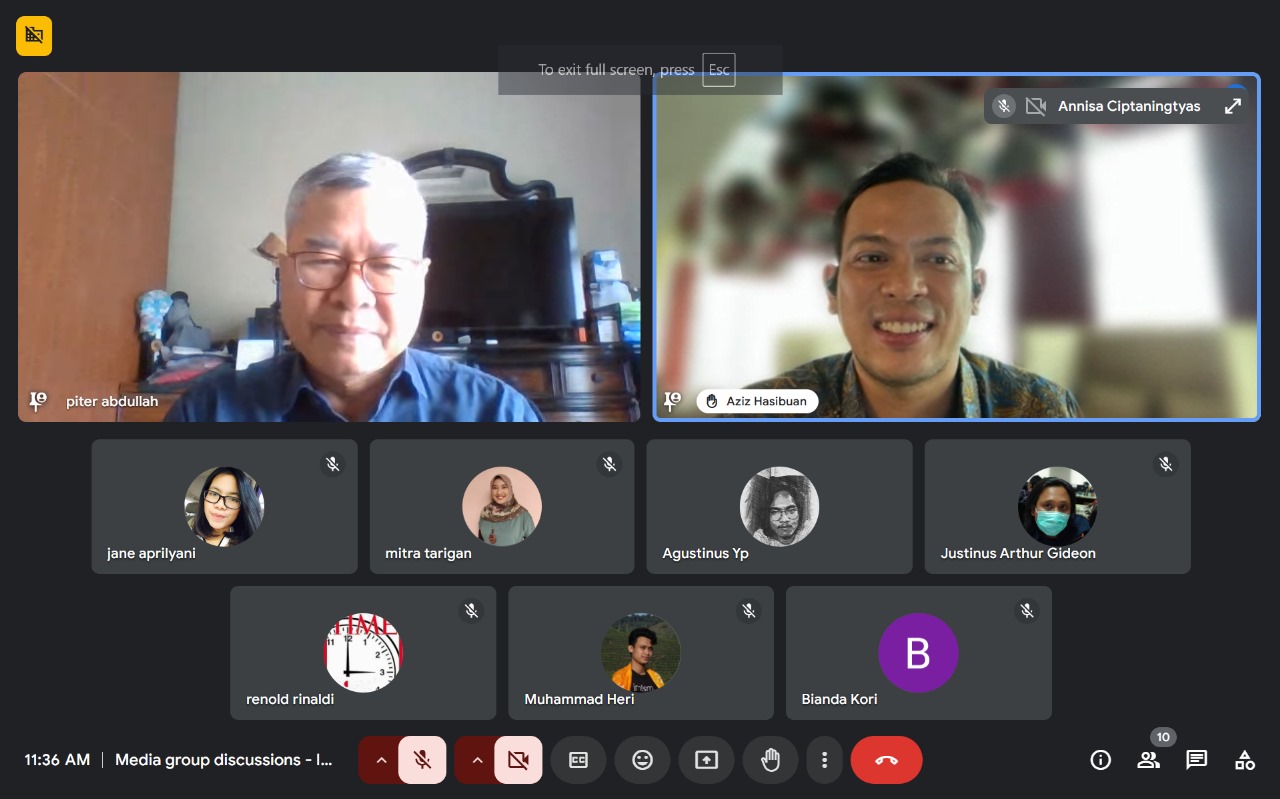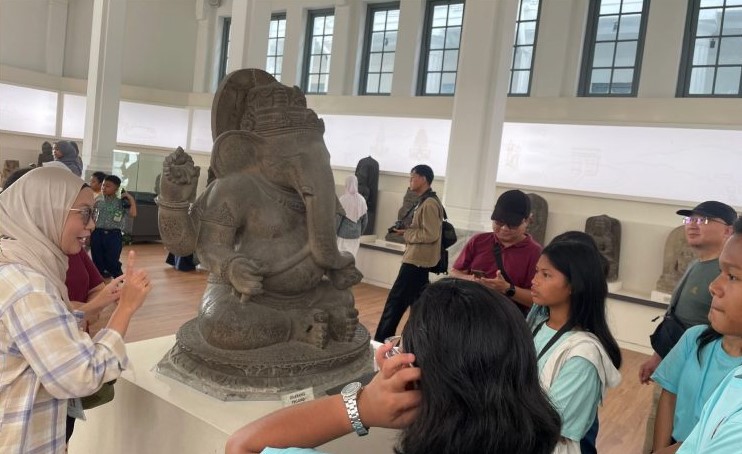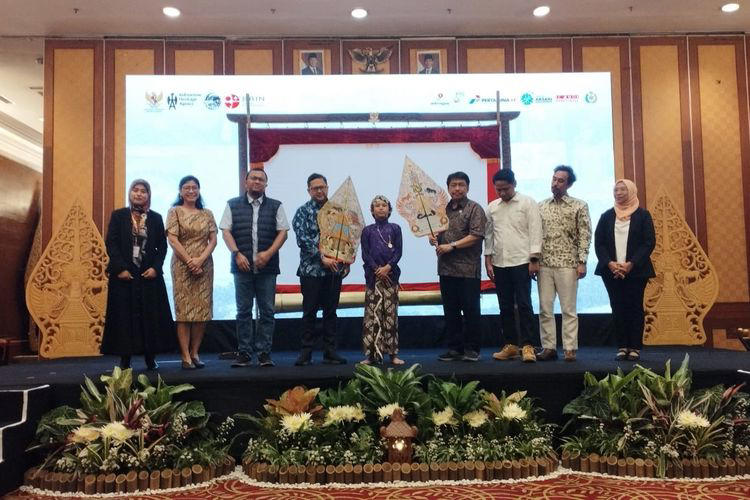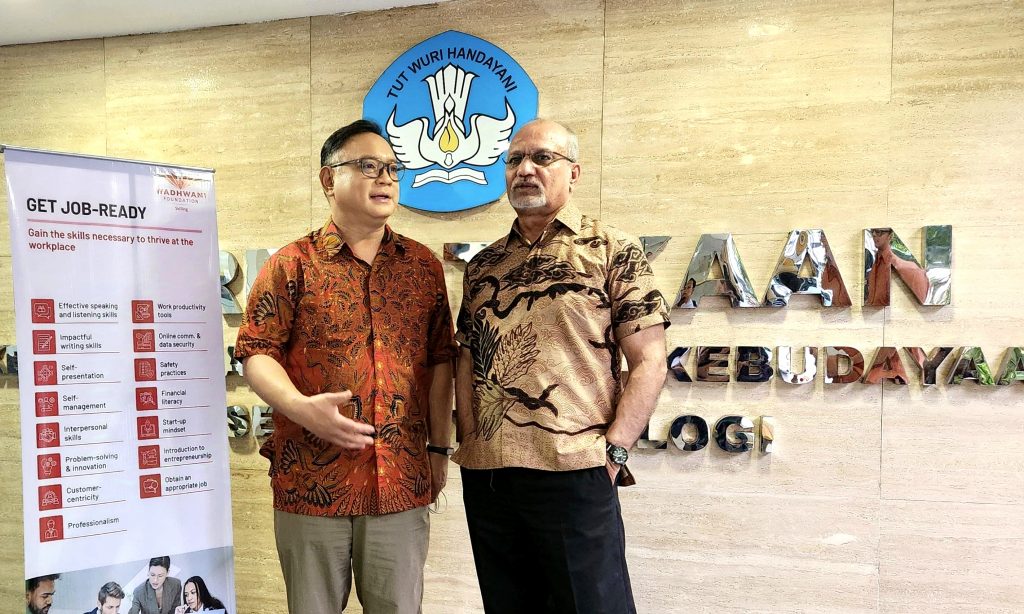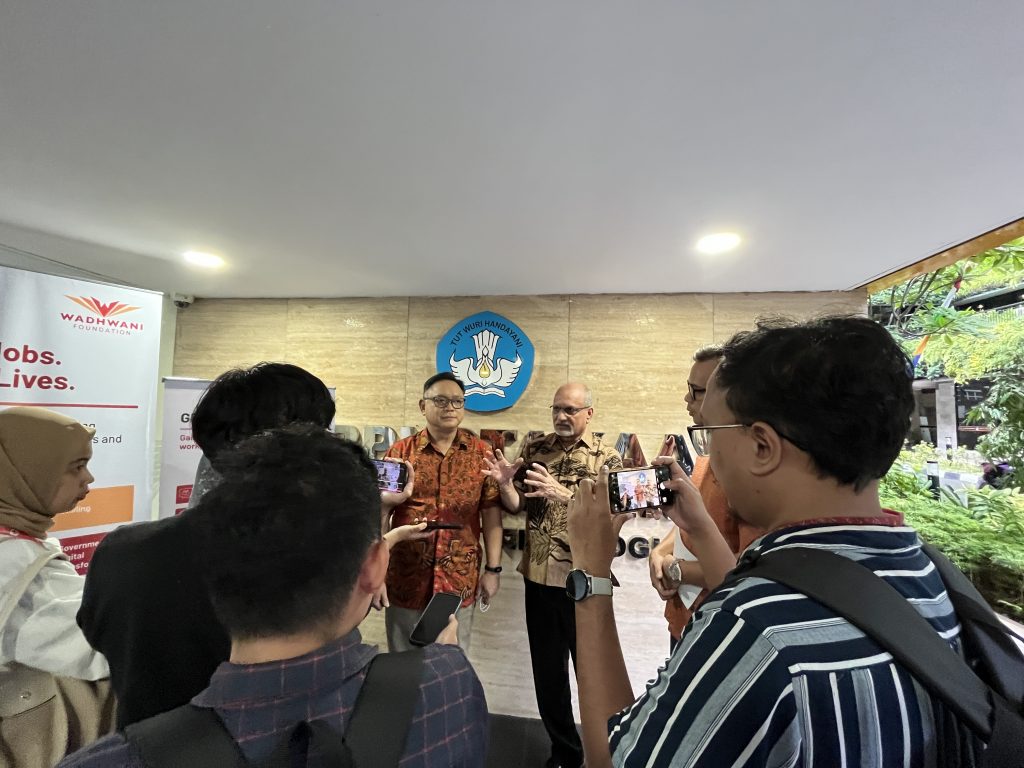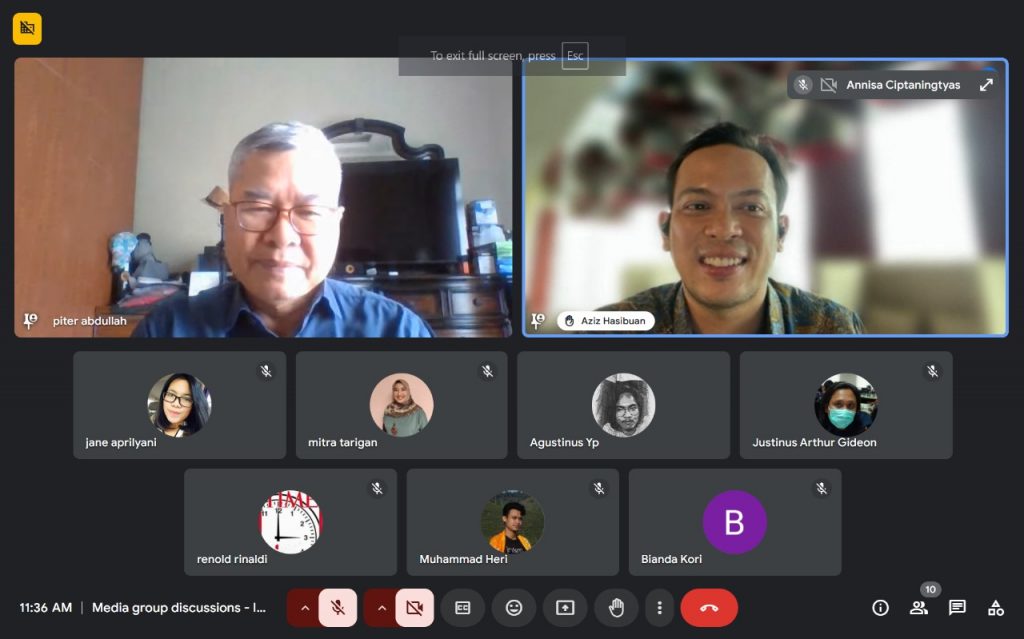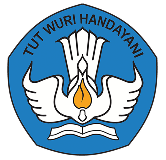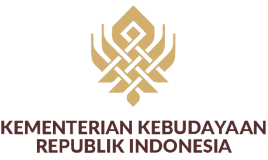Jakarta, November 25, 2024 – In commemoration of the 19th anniversary of UNESCO’s recognition of the Indonesian Keris as a Masterpiece of the Oral and Intangible Heritage of Humanity, the National Museum of Indonesia is once again holding an exhibition titled Pesona Keris Nusantara, which will take place from November 25, 2024, to December 31, 2024, featuring more than 200 keris from various regions in Indonesia; the Javanese and Madurese keris group (East Java, Solo, Yogyakarta, Sunda, Cirebon, and Banten), the Malay keris group (all of Sumatra to the Malay Peninsula), the Bugis-Makassar keris group (all of Sulawesi and Kalimantan, Sumba, and Sumbawa), and the Balinese and Lombok keris group.
The diverse collection presented consists of artifacts from the National Museum as well as contributions from keris practitioners under the Indonesian National Keris Secretariat. With an interactive exhibition design, this event is expected to serve as an educational and recreational space that inspires and enriches public understanding of national identity through the cultural symbol of the keris.
The exhibition held at the National Museum of Indonesia serves as a concrete effort to revive the meaning and values of keris culture. The Minister of Culture of the Republic of Indonesia, Dr. Fadli Zon, M.Sc., stated that through the Pesona Keris Nusantara Exhibition, we can delve deeper into the values embedded in this heritage, strengthen national identity, and advance Indonesian culture at both the national and global levels.
“I appreciate the Pesona Keris Nusantara Exhibition agenda, organized by the National Secretariat of Indonesian Keris in collaboration with the Ministry of Culture of the Republic of Indonesia, as a joint effort to raise public awareness of the importance of keris as cultural heritage and to introduce keris to the younger generation through literacy education programs and exhibitions,” said the Minister of Culture during his opening remarks at the exhibition’s inauguration.
“Cultural heritage, such as the *keris*, is not merely a relic of the past but also an essential part of the *culture for future* vision—where culture serves as a source of inspiration and innovation to address the challenges of the modern era. This exhibition is a tangible manifestation of our commitment to reintroducing the *keris* as a national cultural heritage that we must preserve, safeguard, and appreciate together,” added the Minister of Culture.
The Minister of Culture then stated that the Ministry of Culture holds a strategic role as the main driver in advancing cultural development. The Ministry also serves as a facilitator in creating an inclusive cultural ecosystem, empowering cultural practitioners, and promoting education and the preservation of cultural values.
He then continued in his speech that, through the Cultural Advancement Law Number Five of 2017, the Ministry of Culture is also committed to supporting cultural preservation, including through programs focused on protection, development, utilization, and guidance. These initiatives include the documentation and literacy of keris, providing training facilities for younger generations to inherit the skills of keris-making, as well as other programs promoting the use of keris as a symbol of cultural diplomacy at the international level. Additionally, the Ministry collaborates with cultural communities, particularly keris enthusiast organizations, to organize exhibitions, festivals, and seminars.
“I believe that the effective implementation of these four aspects will ensure the sustainability of the keris as a symbol of local wisdom and national identity,” emphasized Dr. Fadli Zon, M.Sc.
As a globally recognized cultural heritage, the Indonesian Keris was designated as a Masterpiece of the Oral and Intangible Heritage of Humanity by UNESCO on November 25, 2005, and inscribed on the Representative List of the Intangible Cultural Heritage in 2008. This recognition has had a positive impact on increasing economic activity in the keris industry, as revealed in a recent study by the Center for Educational and Cultural Policy Research. However, the same study also highlights significant challenges in ensuring the transmission of the cultural values of the Indonesian Keris to future generations. To address this challenge, the momentum of National Keris Day serves as a strategic step in passing down cultural values to the nation’s next generation.
This exhibition not only showcases keris collections from various regions but also provides in-depth insights into their history, function, and manufacturing technology. Archaeological evidence, such as the Kwak I Inscription (9th century) and the Karang Tengah/Kayumwungan Inscription (824 AD), highlights the significant role of the keris in the spiritual life of Indonesian society since ancient times. Temple reliefs, such as those at Panataran and Sukuh, also depict the process of making and using the keris, symbolizing the harmony between humans, nature, and the Creator.
In addition to the exhibition, the opening event also featured the launch of the book “Seri Pesona Keris Nusantara” by Dr. Fadli Zon, M.Sc. This book documents the journey of the keris from various perspectives, including history, philosophy, and art. Through this exhibition and its series of activities, the Pesona Keris Nusantara exhibition is expected to serve as a bridge between the present generation and the noble values embodied in the keris, reaffirming its position as a cultural heritage, a Masterpiece of the Oral and Intangible Heritage of Humanity, and an invaluable Representative List of Intangible Cultural Heritage of Indonesia.
*For more information
Ministry of Culture
Telepon: (021) 5725542
Email: kebudayaan@kemdikbud.go.id
Website: https://kebudayaan.kemdikbud.go.id
Sosial Media: @Budayasaya
Whatsapp channel: https://whatsapp.com/channel/0029Vav78bk7Noa0QUS0O12g
About Indonesian Heritage Agency
The Indonesian Heritage Agency (IHA) is a public service agency under the Ministry of Culture of the Republic of Indonesia, currently responsible for managing 18 museums and galleries as well as 34 national cultural heritage sites across Indonesia. Established in 2022 and officially designated as a public service agency on September 1, 2023, IHA envisions itself as a collaborative institution that fosters creativity, social change, and the development of a culturally enriched society. Prioritizing service improvement based on heritage protection, IHA embraces creativity and promotes an inclusive spirit of collaboration. Collectively, IHA contributes to expanding deep appreciation for Indonesia’s diverse cultural heritage.
About the National Museum of Indonesia
The National Museum of Indonesia is a key institution in the preservation and education of Nusantara culture. It began as a research and knowledge institution focused on natural sciences, history, and socio-cultural studies under the name *Bataviaasch Genootschap van Kunsten en Wetenschappen (BGKW) on April 24, 1778. Today, the National Museum of Indonesia has grown into the largest museum in the country, housing four main buildings dedicated to the protection and utilization of a collection exceeding 196,000 cultural artifacts. The museum presents a representation of Indonesia’s cultural diversity, spanning from prehistoric times to the present. The vast variety of collections makes the National Museum of Indonesia a primary destination for the public and a center for Nusantara cultural studies for researchers seeking a deeper understanding of Indonesia.
The revitalization of the National Museum of Indonesia following the fire disaster reaffirms the museum’s commitment to strengthening the “Kita Indonesia” identity through a narrative that showcases its journey over time. By preserving heritage buildings and integrating collections into relevant exhibition displays, the National Museum of Indonesia reinforces the nation’s cultural roots. Educational programs aligned with modern developments, including the Ruang Pamer ImersifA, which incorporates audio-visual technology, and the national-level Lomba Cerdas Cermat Museum (LCCM), highlight the museum’s innovation in presenting its collection. International collaborations and multi-platform publications demonstrate the museum’s efforts to educate the public on a broader scale, positioning it not only as a center for cultural studies but also as an attractive destination for both domestic and international visitors.
